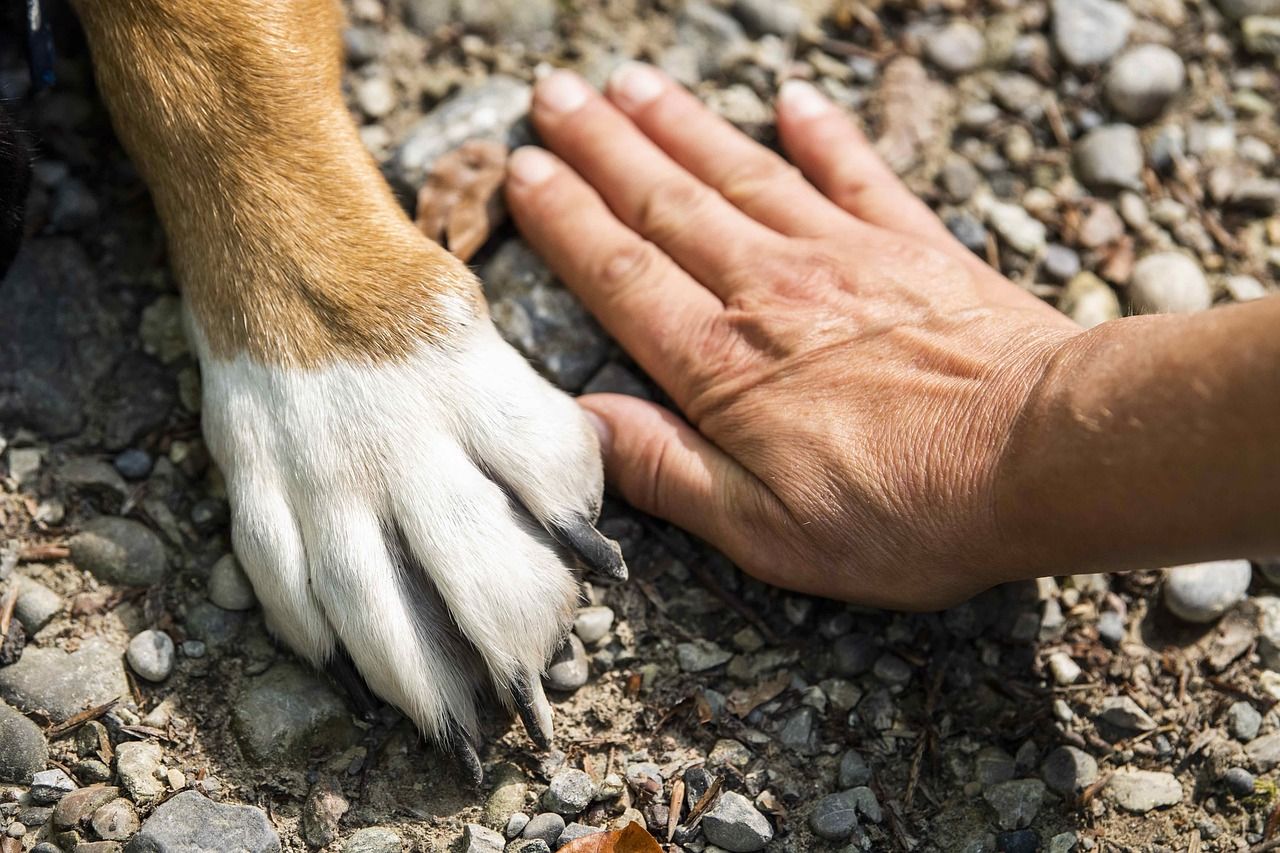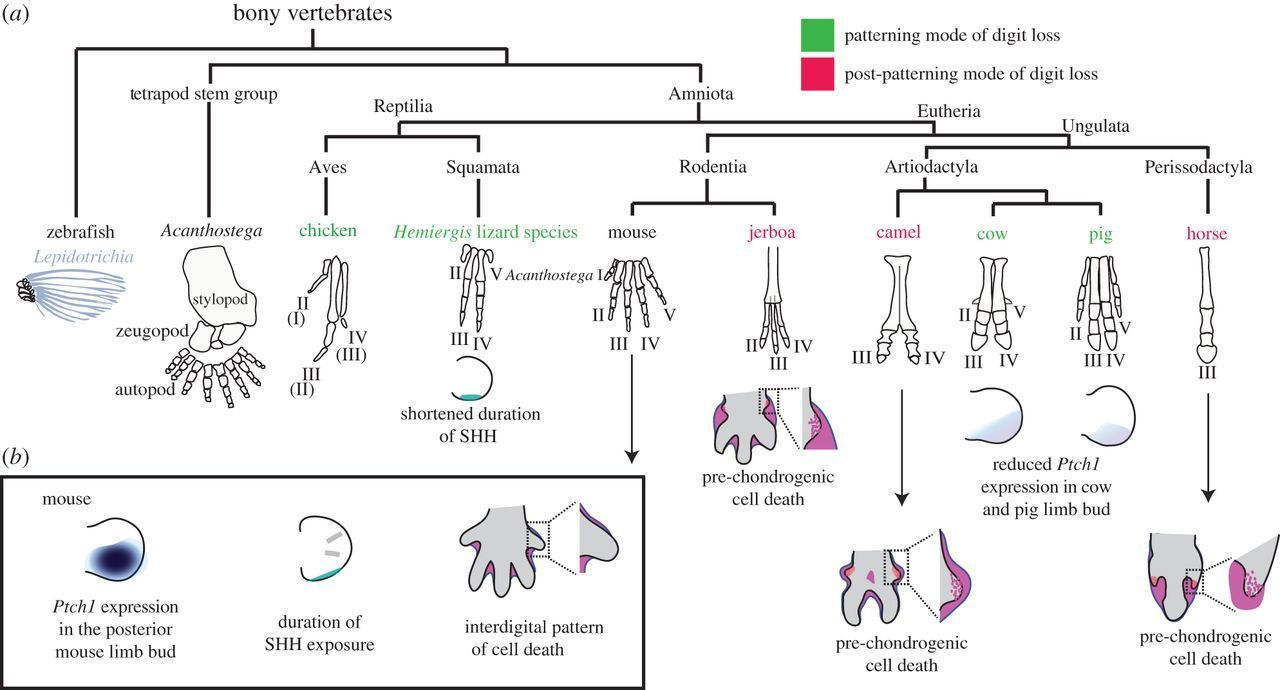Follow us on Google News (click on ☆)
Mammals belong to this supergroup. Even those without traditional limbs, like whales or seals, possess five fingers within their skeletal structure. However, some animals show specific adaptations: horses have a single toe, and birds have fused fingers at the ends of their wings.

Dogs have five fingers per paw, four visible here, the fifth retracted at the back.
Illustration image from Pixabay
This limb configuration is largely determined by Hox genes, which regulate the activity of other genes during embryonic development, thus influencing limb formation. The Sonic hedgehog protein also plays a key role, orchestrating the formation and separation of fingers.
The early tetrapods that developed fingers appeared about 360 million years ago, evolving from fish. Some of these early tetrapods had up to eight fingers, but the prevalence of the five-finger pattern among present-day tetrapods suggests that this common ancestor had already evolved to have five fingers.
The concept of canalization explains why this trait has become stable and less susceptible to mutations over time. For instance, although mutations such as polydactyly (having more than five fingers) occur, they do not tend to persist in populations, perhaps due to evolutionary disadvantages related to complex genetic linkages.

Evolution of limbs in vertebrates, highlighting the appearance of the tetrapod autopod in Acanthostega, a descendant of a common ancestor with modern fish, here represented by the zebrafish. Evolution also indicates repeated cases of digit number reduction in tetrapods, affecting various aspects of limb development.
Royal Society Publishing
This continuity in the configuration of fingers among mammals, and their persistence through evolution, raises interesting questions about the stability and adaptability of genetic traits over the aeons.